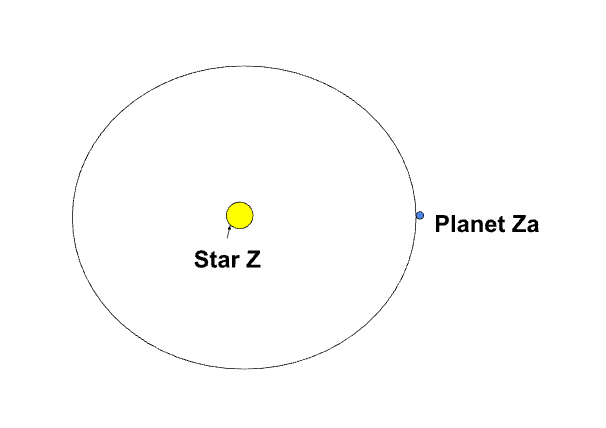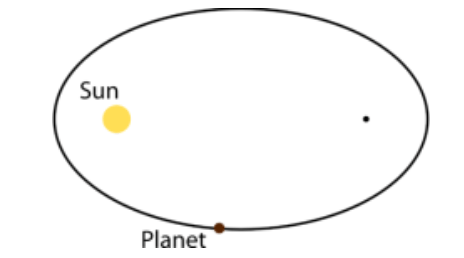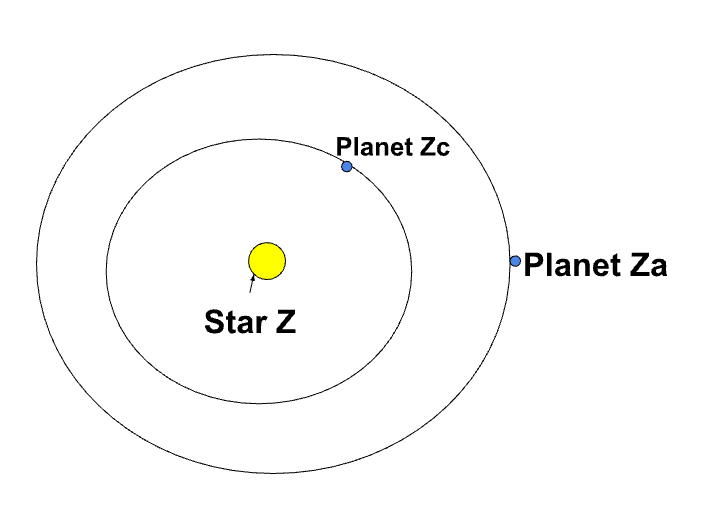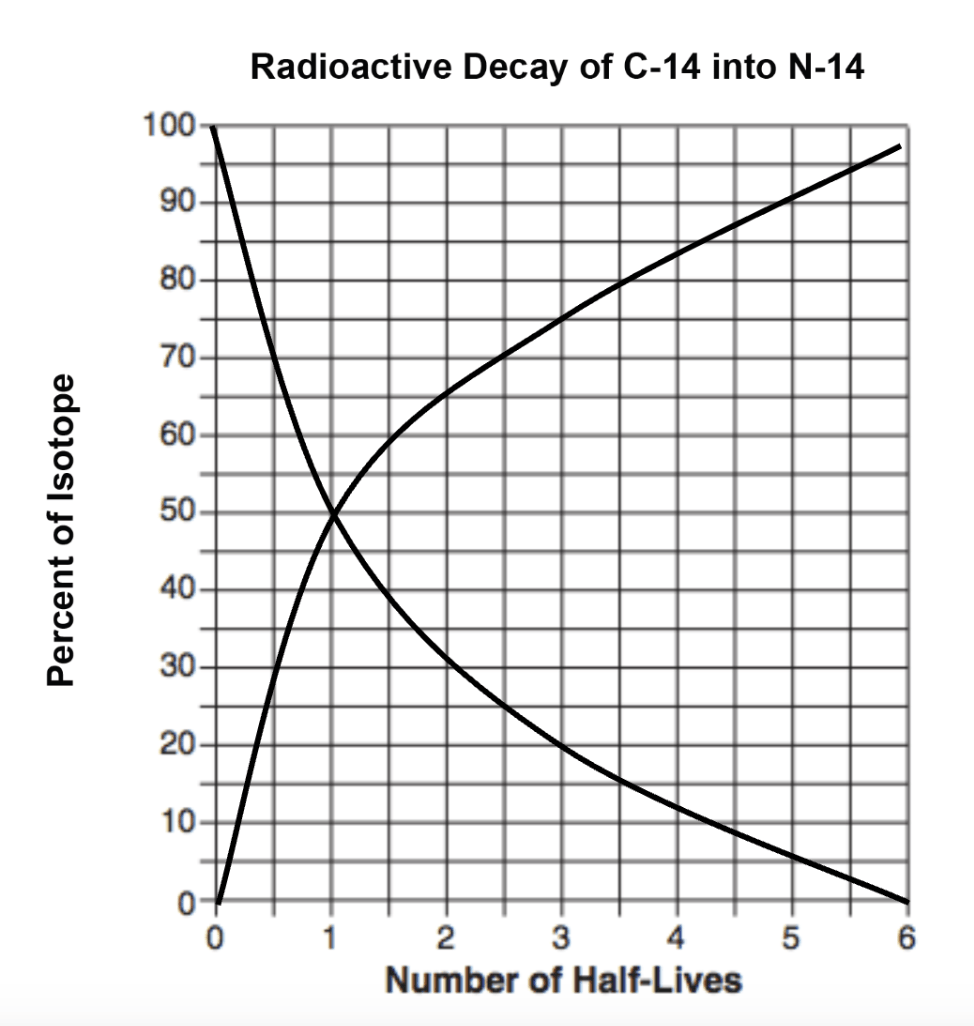Which one of Kepler's law describes the revolution of a planet?

Kepler's Third Law
Name one place in our solar system (other than Earth) where scientists have found evidence of water or ice.
Examples: Mars (polar ice caps), Europa (subsurface ice), Enceladus (ice geysers), some comets — any one is acceptable.
List two characteristics that typically describe terrestrial planets.
Small size, rocky/metallic composition, thin or no hydrogen/helium atmosphere, solid surface.
For light from a star, what does a blueshift indicate about the star's motion relative to the observer?
Blueshift means the source is moving closer to the observer.
Give one example of a tool or method scientists use to observe planets or asteroids (e.g., telescope, spacecraft).
Examples: optical telescope, radio telescope, spectrometer, probes/landed spacecraft.
Which one of Kepler's Laws describes how the orbit of a planet is around two foci?

Kepler's First Law
Why is the presence of liquid water considered important for life as we know it?
Liquid water is required by known life forms for cellular processes and for survival.
List two characteristics typical of Jovian planets.
Large size, mostly hydrogen/helium or ices, many moons and ring systems, no solid surface (gas/ice giants).
For light from a star, what does a redshift indicate about the star's motion relative to the observer?
Redshift means the source is moving away from the observer.
Name one reason why knowing where water exists in the solar system is useful for future human exploration.
Helps locate resources (water for fuel, life support), choose landing sites, and assess habitability potential.
Explain the orbital period of Planet Zc compared to the orbital period of Planet Za.

Planet Zc has a shorter revolution and orbital period than Planet Za because Planet Zc is closer to Star Z.
Describe one method (observation type) scientists use to detect water or ice on another world.
Liquid water is a solvent for chemical reactions and is required by known life forms for metabolism and cellular processes.
Name and Label the 4 terrestrial planets in a drawing.

What is an asteroid?
A small rocky body orbiting the Sun.
What does the term half-life mean?
A half-life is the time required for half of the atoms in a radioactive sample to decay.
Explain how Kepler's First Law differs from the idea of a perfect circular orbit. Use the word "ellipse."
Kepler's First Law says orbits are ellipses, not perfect circles; circles are a special case of ellipses with eccentricity zero.
Explain what is meant by "oxygenation" of a planet's atmosphere in simple terms.
Oxygenation: the process by which a planet's atmosphere gains substantial free (molecular) oxygen (O2) over time.
Name the four Jovian planets in our Solar System.

Where is the main asteroid belt located in our solar system?
Between Mars and Jupiter (main belt).
Draw and label a simple diagram showing atoms like Carbon-14 decaying into Nitrogen-14.

Set up the equation needed to figure out the Average distance from the Host Star and find an answer.

Ms x T2 = R3
.7 x (.58)2 = 0.406
Describe one line of evidence scientists use to argue that Earth's atmosphere became oxygen-rich over time (a short description of oxygenation events).
banded iron formations, changes in sulfur isotope ratios, appearance of oxidized minerals in the rock record.
Compare the typical composition (percentages: rock/metal vs gas/ice) of a terrestrial planet and a Jovian planet in a short sentence.
Terrestrial: mostly rock/metal (majority solid mass); Jovian: majority gas/ice with a smaller rocky/metal core.
Describe what Apophis is and why scientists are keeping a close eye on it, especially around 2029 and 2036.
Apophis is an asteroid that was supposed to hit Earth in 2029, but because of newer technology and the use of mathematical calculations, it will on flyby Earth in 2029. Scientists believed that Apophis could potentially hit Earth later in 2036 due to Earth pulling/pushing its orbit with gravitational force, but scientists confirmed this will not happen.
A whalebone that originally contained 200 grams of radioactive carbon-14 now contains 25 grams of carbon-14. How many carbon-14 half-lives have passed since this whale was alive? Show your work by completing the table below. (Carbon Hallf-life = 5,730 years).

